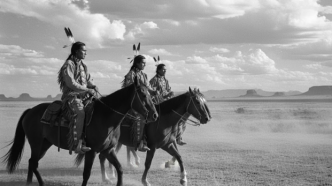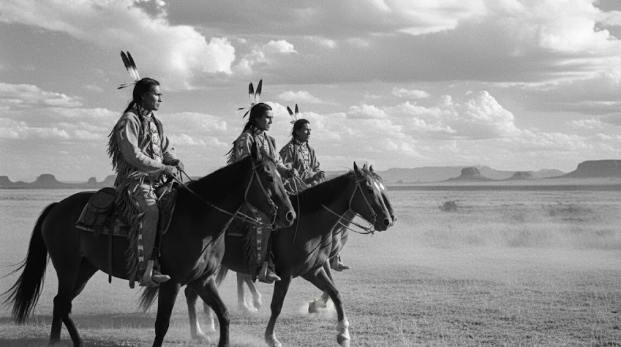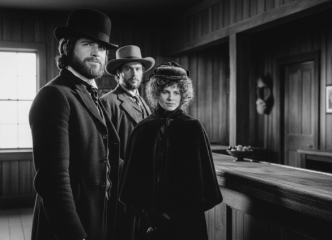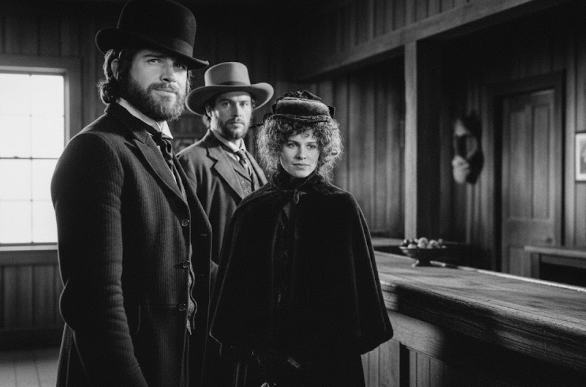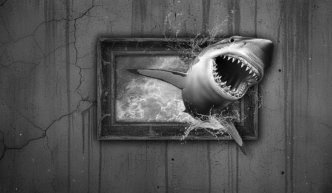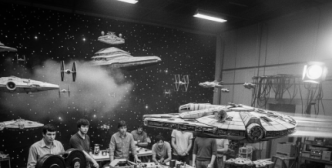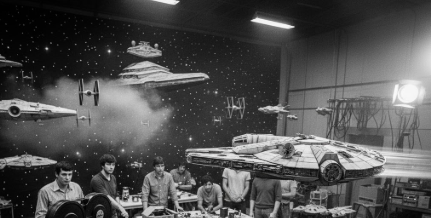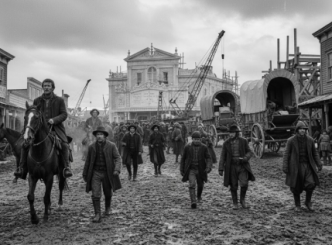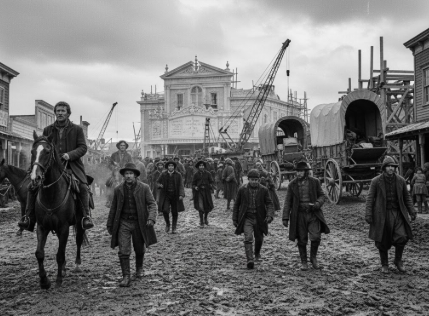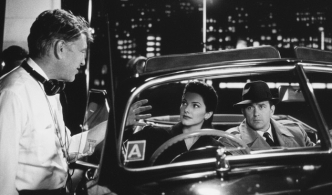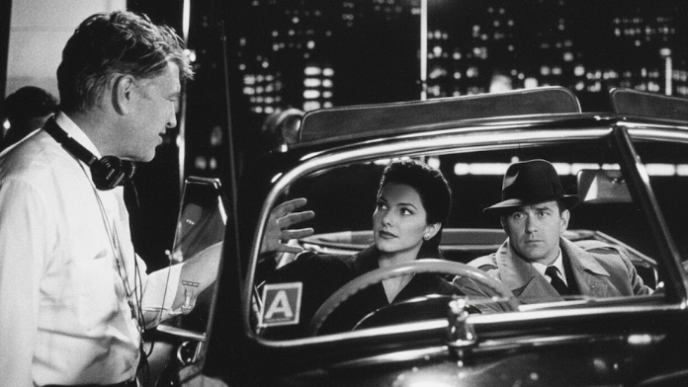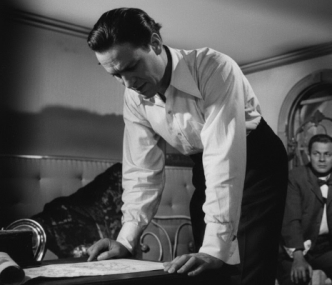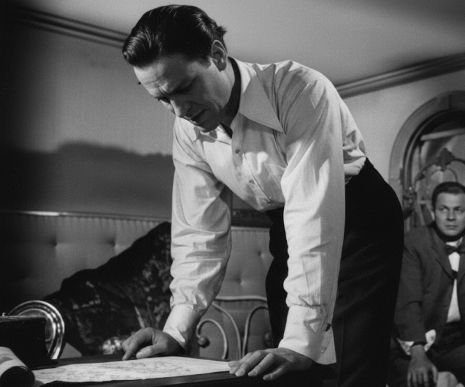Released in 1970, at the height of the Vietnam War, Arthur Penn’s Little Big Man is a sprawling, picaresque epic that took the foundational myths of the American West and shattered them with a potent mix of sharp satire and profound tragedy. A landmark of the New Hollywood and a cornerstone of the Revisionist Western, the film is a scathingly critical look at the conventions and mythology of the frontier.
Told through the eyes of its 121-year-old protagonist, Jack Crabb (Dustin Hoffman), the sole white survivor of the Battle of the Little Bighorn, the film presents a history of the West not as a heroic march of civilization, but as a chaotic, hypocritical, and often genocidal series of events. By inverting the genre’s most cherished tropes, Little Big Man put an end to the simplistic, bugle-blowing portrayal of the frontier and offered a powerful, if sometimes paradoxical, critique of America’s past and present.
Reversing the Gaze: The “Human Beings”
The film’s most radical act is its complete reversal of the classic Western’s portrayal of Native Americans. The story begins after Jack Crabb’s family is massacred by the Pawnee, but he is found and adopted by the Cheyenne, who, far from being brutal savages, are depicted as a thoughtful, noble, and deeply humane people. In a simple but profound narrative turn, the Cheyenne refer to themselves as “human beings,” a label that immediately establishes their humanity and frames the encroaching white settlers as the true outsiders.
Jack is raised by the wise and humorous tribal elder Old Lodge Skins (an unforgettable, Oscar-nominated performance by Chief Dan George), who becomes the film’s moral center. Through his life with the Cheyenne, Jack experiences a world of spiritual depth and communal values that stands in stark contrast to the greed and hypocrisy he later encounters in white society. While some critics have argued that the film’s portrayal of the Cheyenne is an idealized, “flower power vision of the Indian” designed to appeal to the counterculture of the era, this positive depiction was a groundbreaking and necessary corrective to decades of racist stereotypes.,
A Satirical Assault on American Icons
As Jack moves back and forth between the Cheyenne and white worlds, he encounters a parade of characters who embody the corruption and absurdity of the American frontier myth. Penn uses broad satire to dismantle every heroic archetype of the classic Western. Religion is represented by the hypocritical Mrs. Pendrake (Faye Dunaway), a preacher’s wife who sings hymns while seducing the young Jack in a bathtub—a scene that deliberately undermines the wholesome symbol of community that the song “Shall We Gather by the River” represented in John Ford’s films. Capitalism is embodied by the huckster Allardyce Merriweather, who cynically explains to Jack that “the two-legged creature will believe anything.” Even the legendary gunfighter is lampooned, with Jack briefly attempting to become the “Soda Pop Kid” and meeting a comically inept Wild Bill Hickok.
The film’s most scathing satire is reserved for the U.S. military, personified by General George Armstrong Custer (Richard Mulligan). Far from a noble hero, Custer is portrayed as a “crazed nincompoop”—a vain, reckless, and deranged egotist whose pomposity leads directly to his own demise at the Battle of the Little Bighorn. By turning these iconic figures into buffoons, Penn exposes the hollow core of the myths they represent.
The Vietnam Allegory: A History Written in Blood
Beneath its comedic surface, Little Big Man is a film of profound anger and sorrow, particularly in its depiction of violence. The film does not shy away from the brutality of the West, but it places the blame squarely on the shoulders of the white expansionists. The U.S. Army is shown as a force of “ignorant, cruel executioners” carrying out a policy of extermination against Native Americans.
The film’s most harrowing sequence is the surprise attack on the peaceful Cheyenne camp at the Washita River, where Custer’s 7th Cavalry slaughters women and children without mercy. Released at the height of the Vietnam War, the parallels between this historical massacre and the recent My Lai massacre were unmistakable to contemporary audiences. The film uses the brutal treatment of Native Americans in the past as a powerful and damning critique of America’s military actions in the present.
Conclusion: An Unsentimental Masterpiece
Little Big Man is a complex and often paradoxical film, one that manages to be both hilarious and heartbreaking, epic and deeply personal. Unlike later films such as Dances with Wolves, it refuses to sentimentalize its message, offering a witty, literate, and uncompromising look at the dark side of American history. By turning the Western genre on its head, Arthur Penn created a daring and enduring masterpiece that challenged a nation to look again at the myths it had long held dear

Dario Loce is the founder and editor of Celebrimous. He is a lifelong film enthusiast and the author of several locally-published books on cinema history and analysis. His passion is deconstructing the “how” and “why” of filmmaking, from the director’s vision to the editor’s cut. When not lost in a classic film, he’s usually walking through the city, replaying scenes in his mind like unfinished stories.
